We love old wood because over time it acquires a special patina and relief structure that brings out its design and beauty even more. If you go to the countryside and look at old plank fences, old wooden houses or barns, you will see, in addition to the grey color that is typical of the oxidation of the natural color of wood over time, this 3D structure, with the late wood in relief because the early wood has been 'eaten' by the weather. This look is so popular that it began to be reproduced industrially by sandblasting or sanding. The generic term for such wood is structured wood.
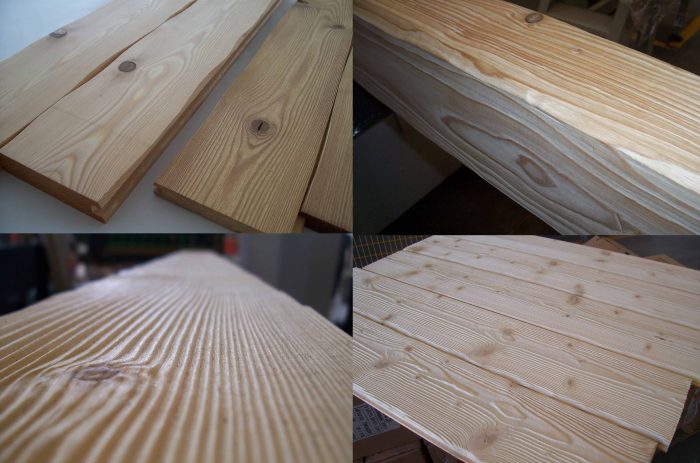
I will say briefly how it is with late and early wood, a topic I have developed in other article. Trees annually add woody material which in cross-section has the appearance of a ring. Hence the name annual ring. The woody material is not added uniformly throughout the growing season. In the first period, spring-summer, growth is rapid and the material is looser and not very hard. In the fall, when the sunlight and water input decreases, growth is much slower and the material is dense and hard. When structuring is done, the softer wood is partially removed.
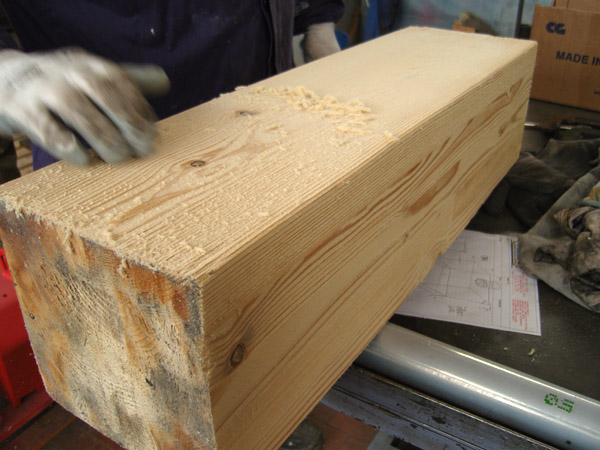
For DIY work, single pieces or very small series, structuring can be done manually, with wire brushes, or with abrasive brushes mounted on a drill. There are also manual machines made specifically for this operation which can be done on both hardwood and softwood. It works much easier on resinous, as the early wood is softer and easier to remove. To avoid scratching the wood, it is best not to use disks or brushes with very thin wire. After structuring, white sanding is done to remove the raised grain and even out the appearance.

As you can realize, hand-made structuring is quite laborious and it is hard to think of an industrial production of parquet flooring, for example, done this way. This is why sandblasting or structuring with sanding machines is used to obtain structured wood industrially. About sandblast we've already talked about this, so I won't go into it again. I will only say that the method involves removing early wood by spraying with sand or other such abrasive materials.
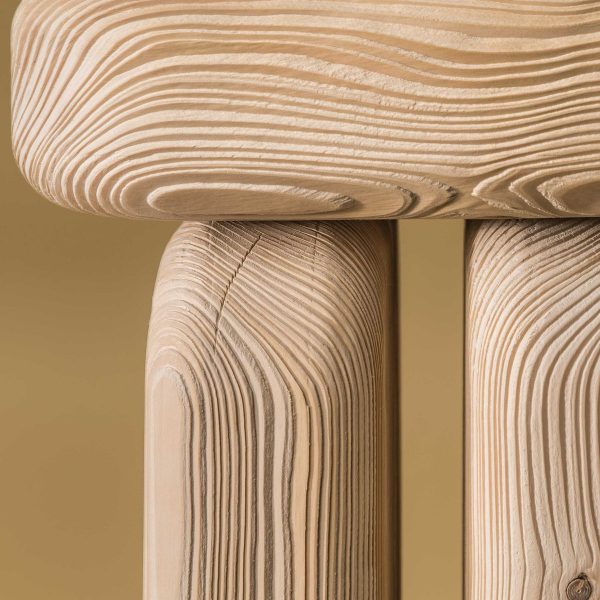
The sanding machines used for structuring are very similar to the sanding machines used on finishing lines. Early wood is removed with rotating brushes. The brushes are made of various materials (wire, plastic, sandpaper)
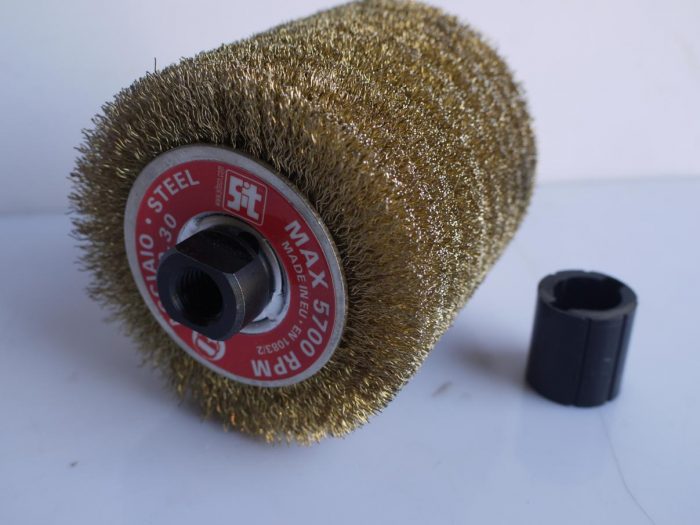
and are placed successively on the line so that at the end the wood is structured and sanded.
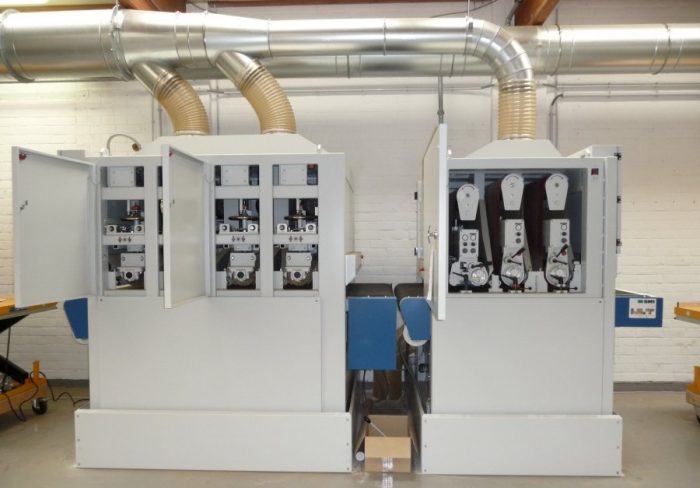
Because the resulting wood has an old, rustic look, the machines are also called rusticizing machines.
In contrast to sandblasting, where the only effect achieved is to bring out the natural pattern of the wood, rusticizing machines can achieve other effects. They can, for example, make perpendicular scratches on the grain, imitating the marks made by the primary cuts of a gate saw, circular saw, or other types of gouges or holes specific to the work with scissors, chisels or chisels.
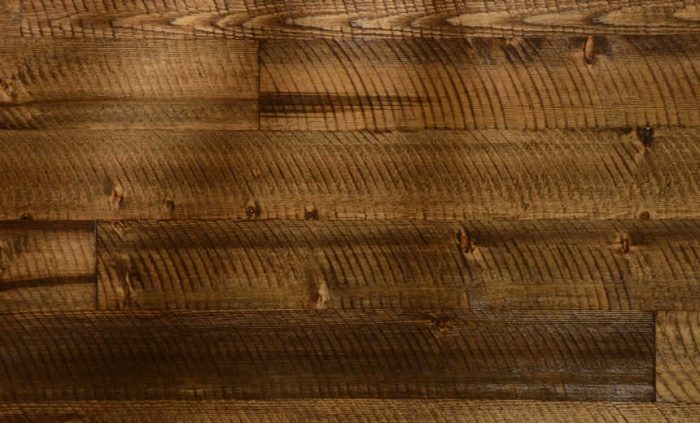
The advantage of using the machines is that the effect is reproduced exactly, which is very useful when it comes to mass-produced products. It is very important that the flooring or cladding planks reproduce a certain pattern, which can always be reproduced in the same way, regardless of the batch or where it was produced.

In conclusion, when doing one-offs or small series, you can do the structuring by hand because it is not important to repeat the same effect on the next work. On the contrary, originality is an asset. However, if it is a mass production, the result must be reproducible at any time, and in this case machines are the best choice.
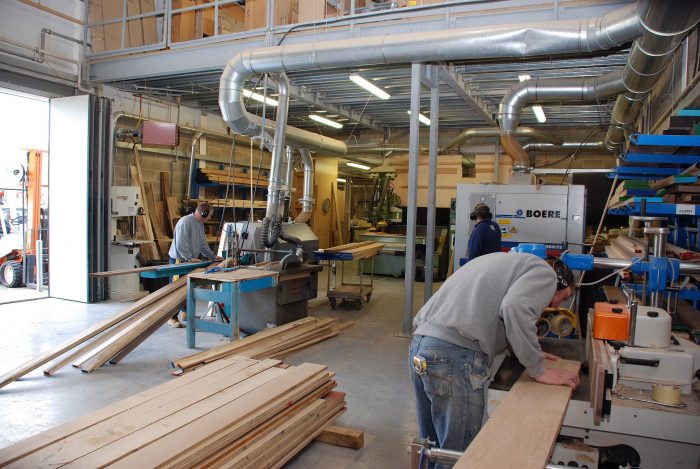

























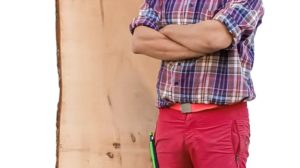
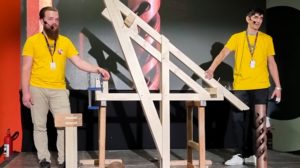


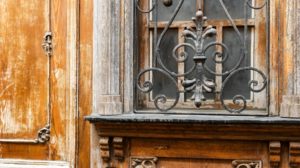

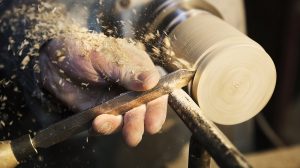
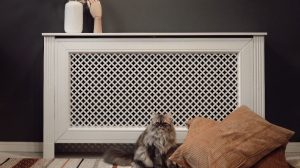



Add comment